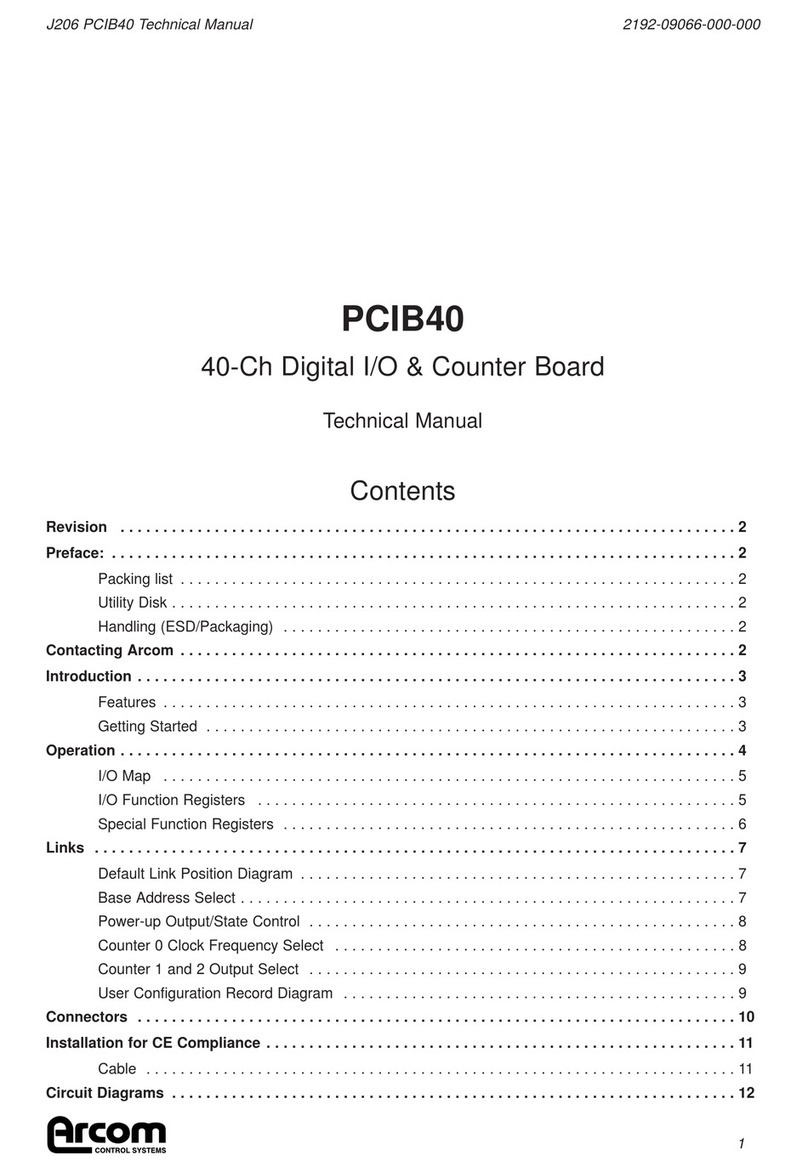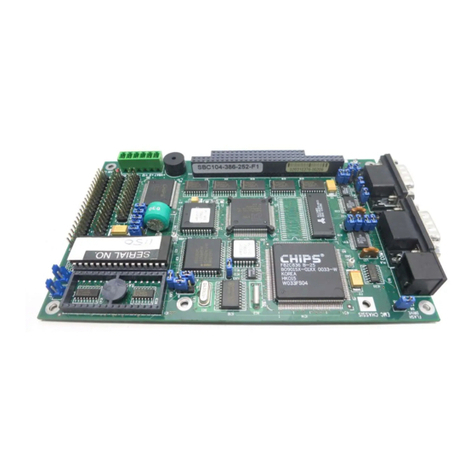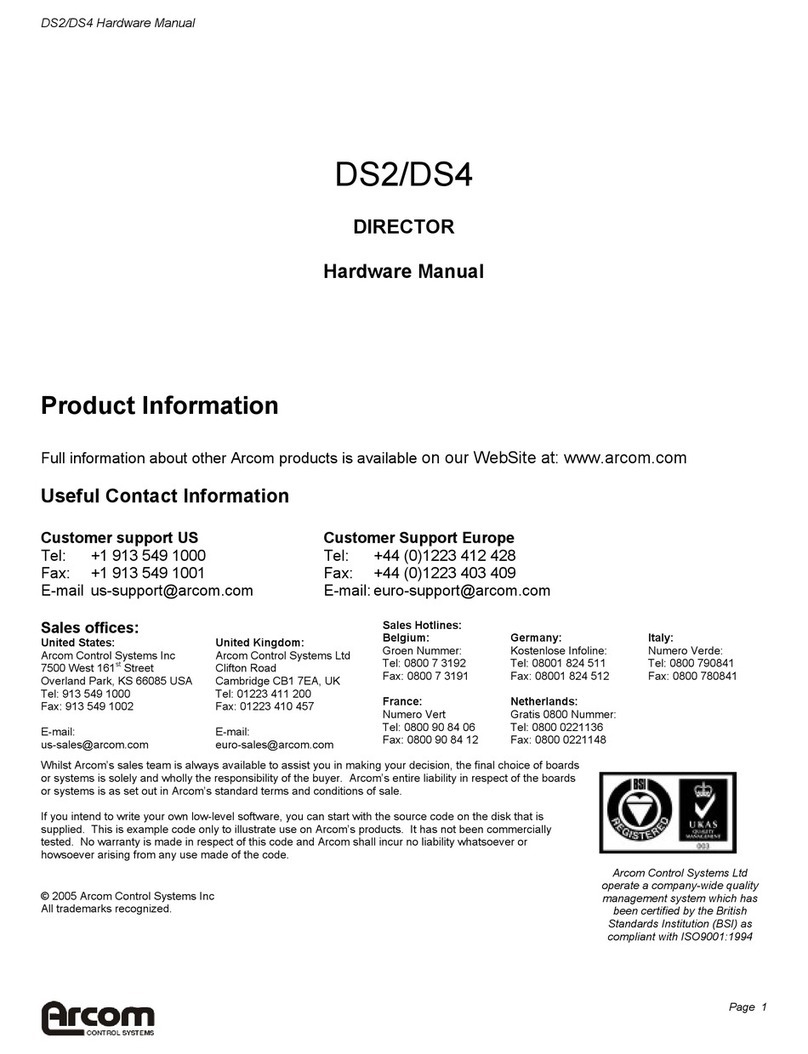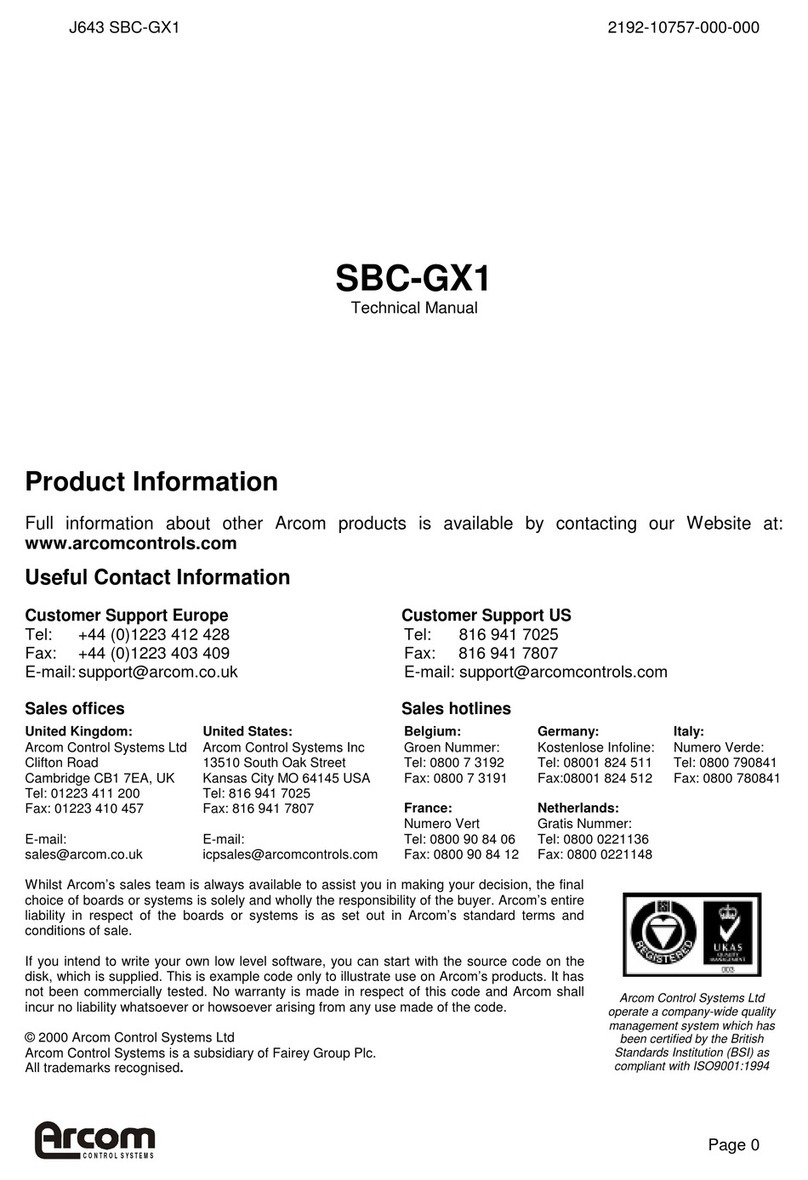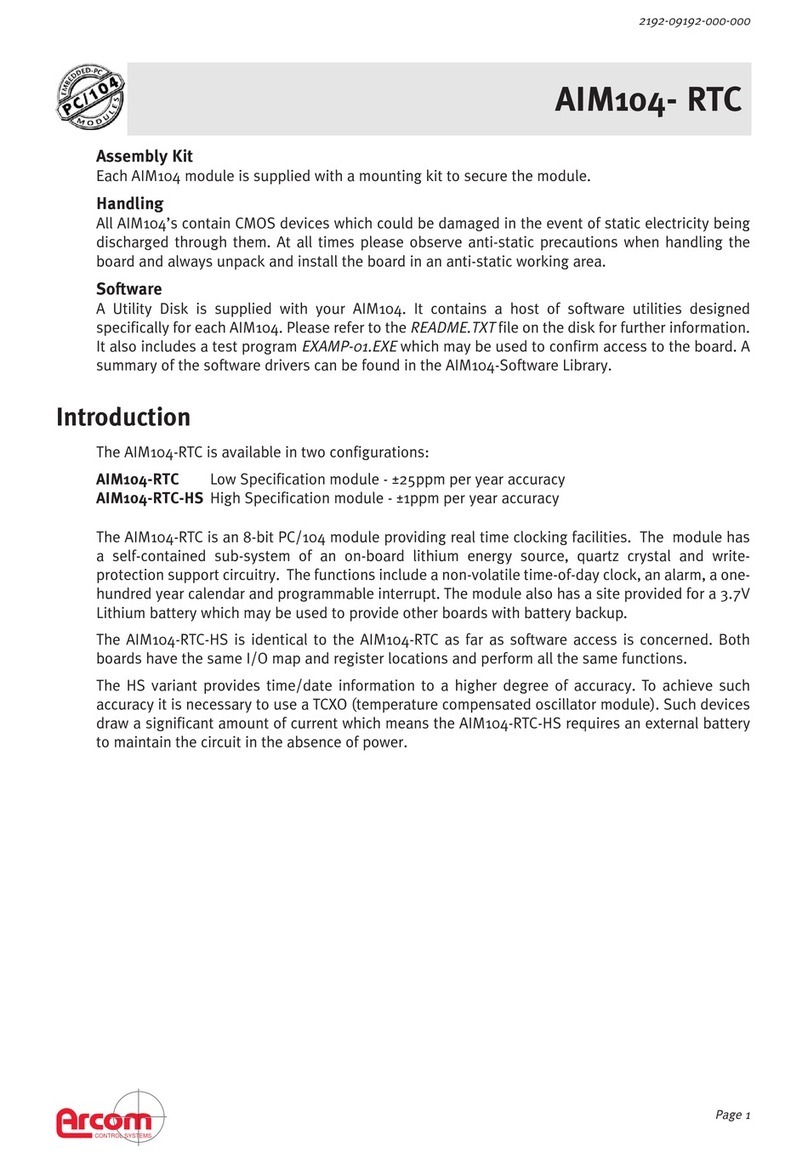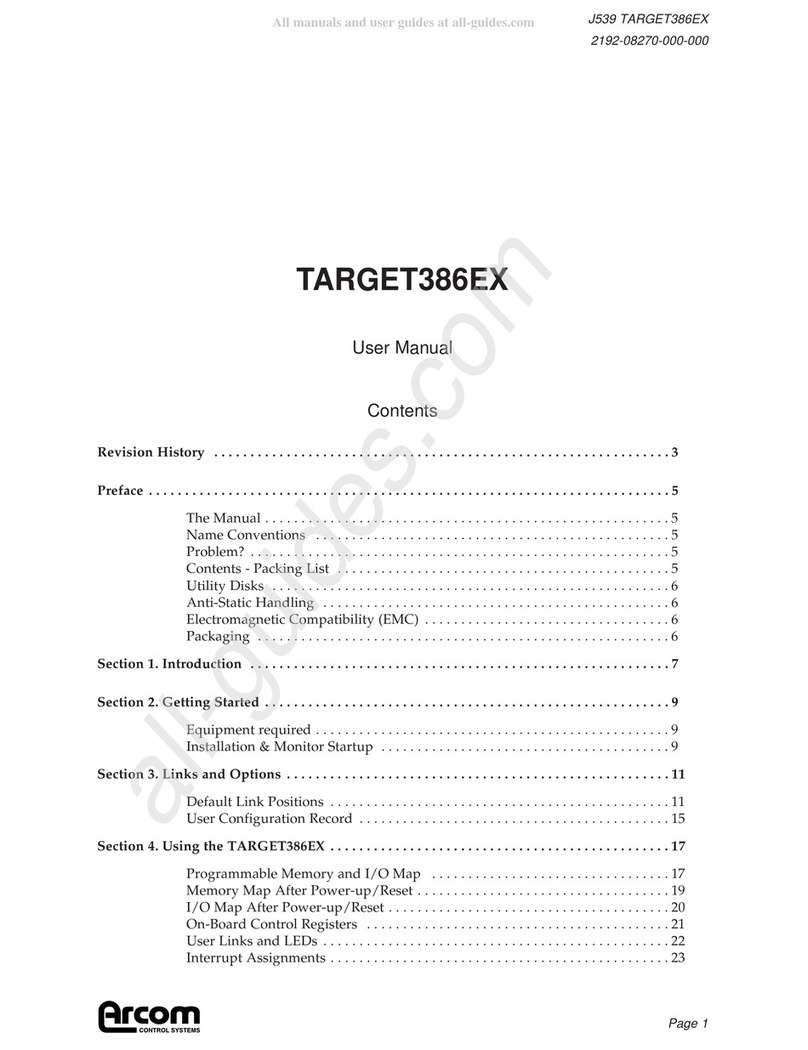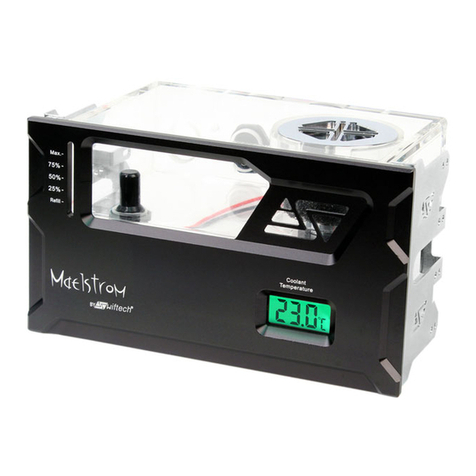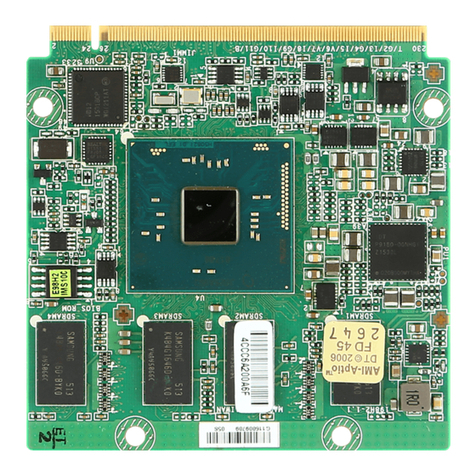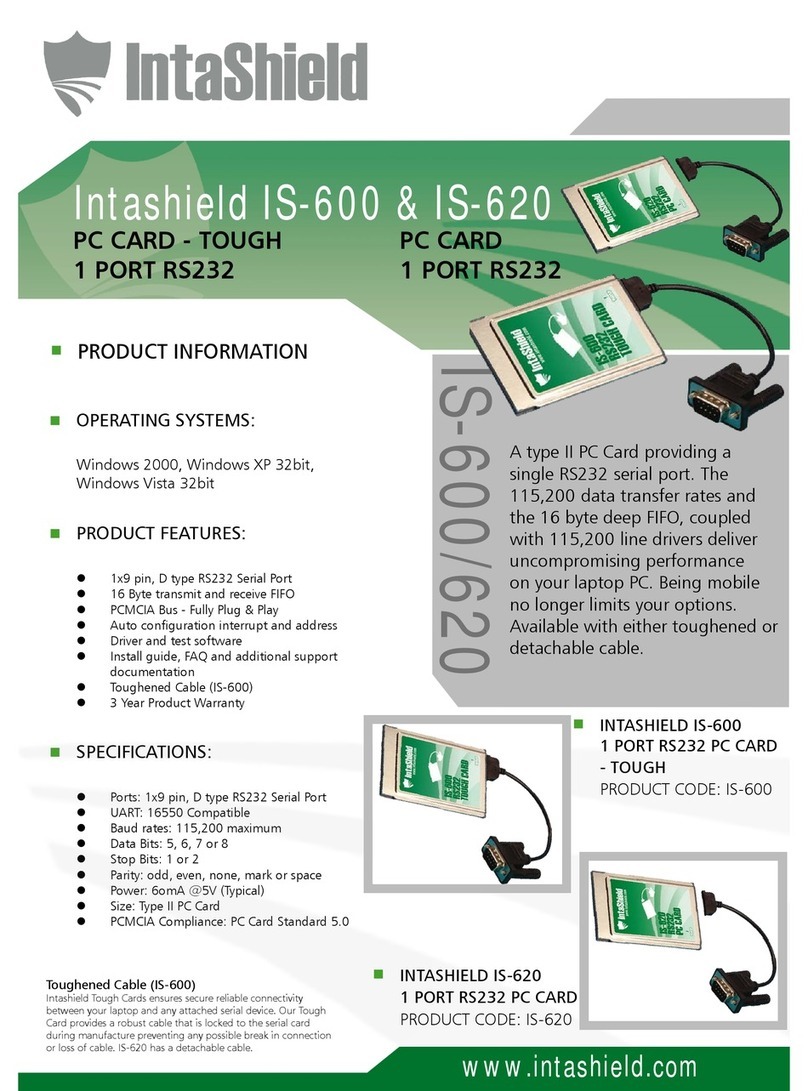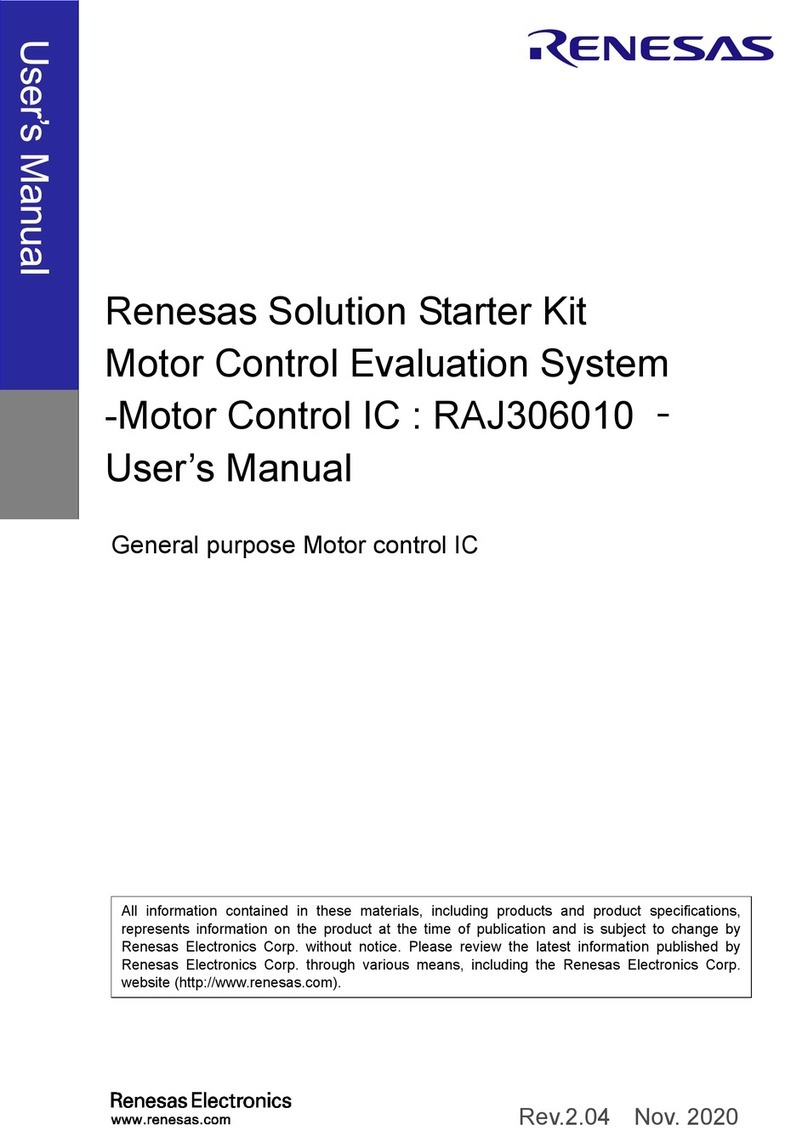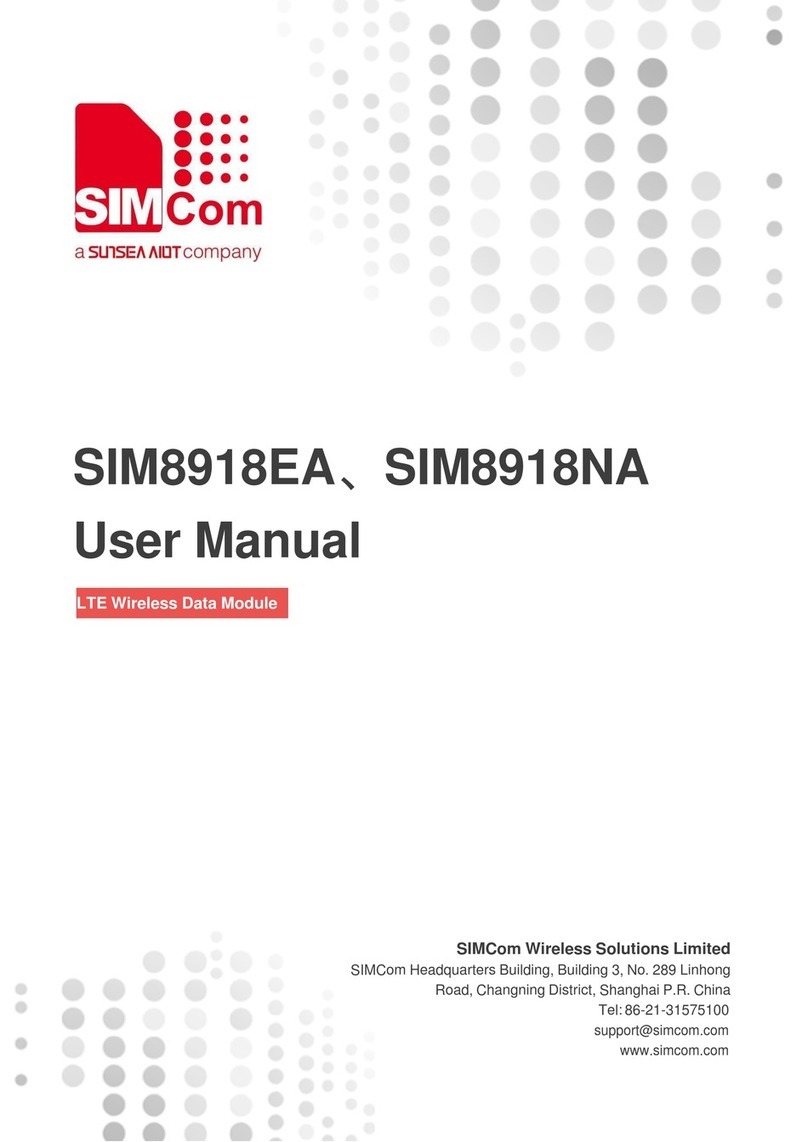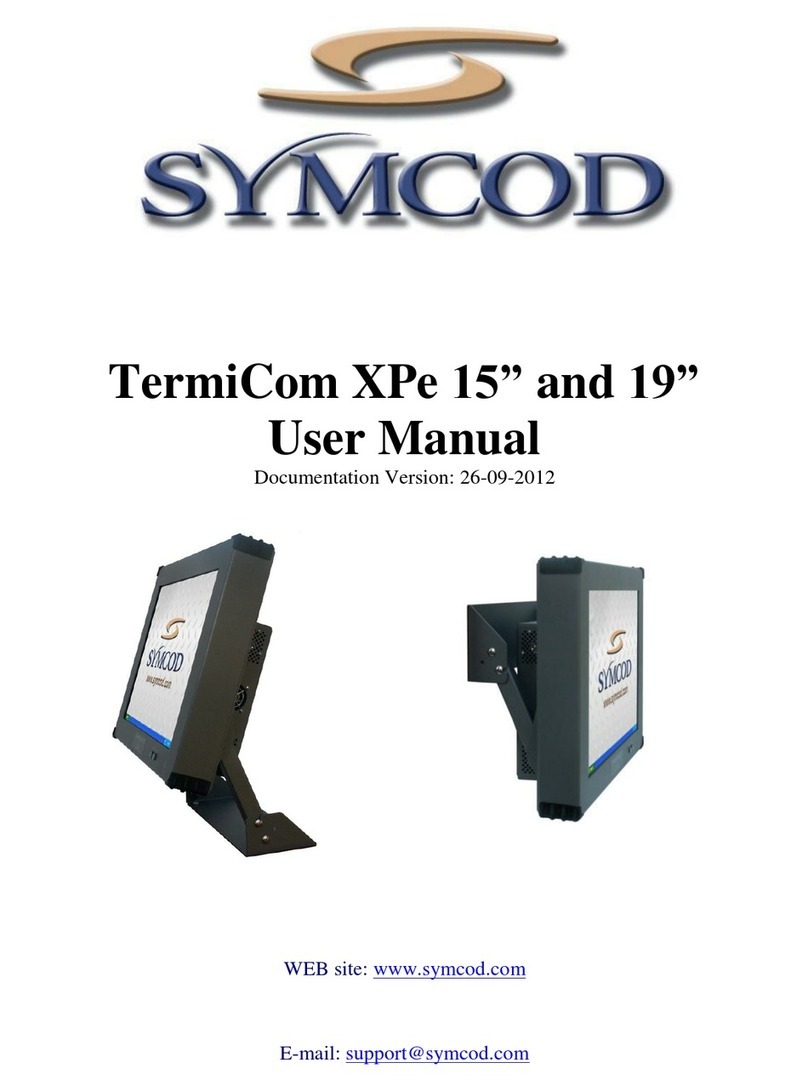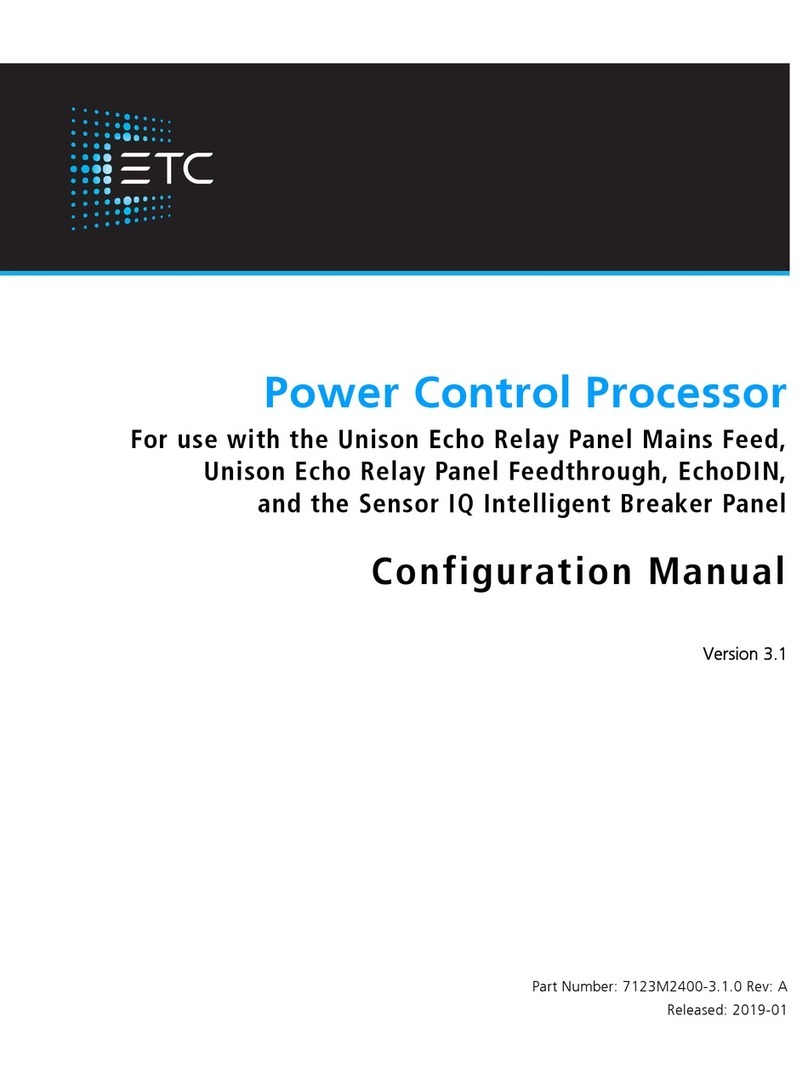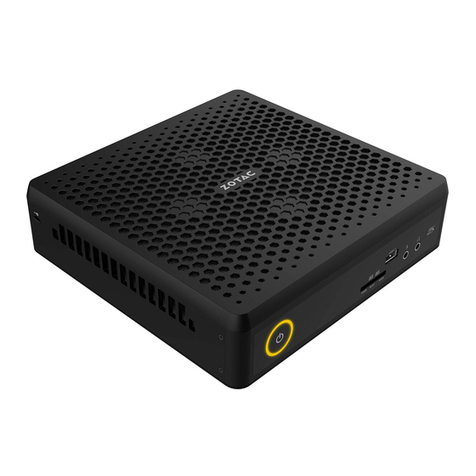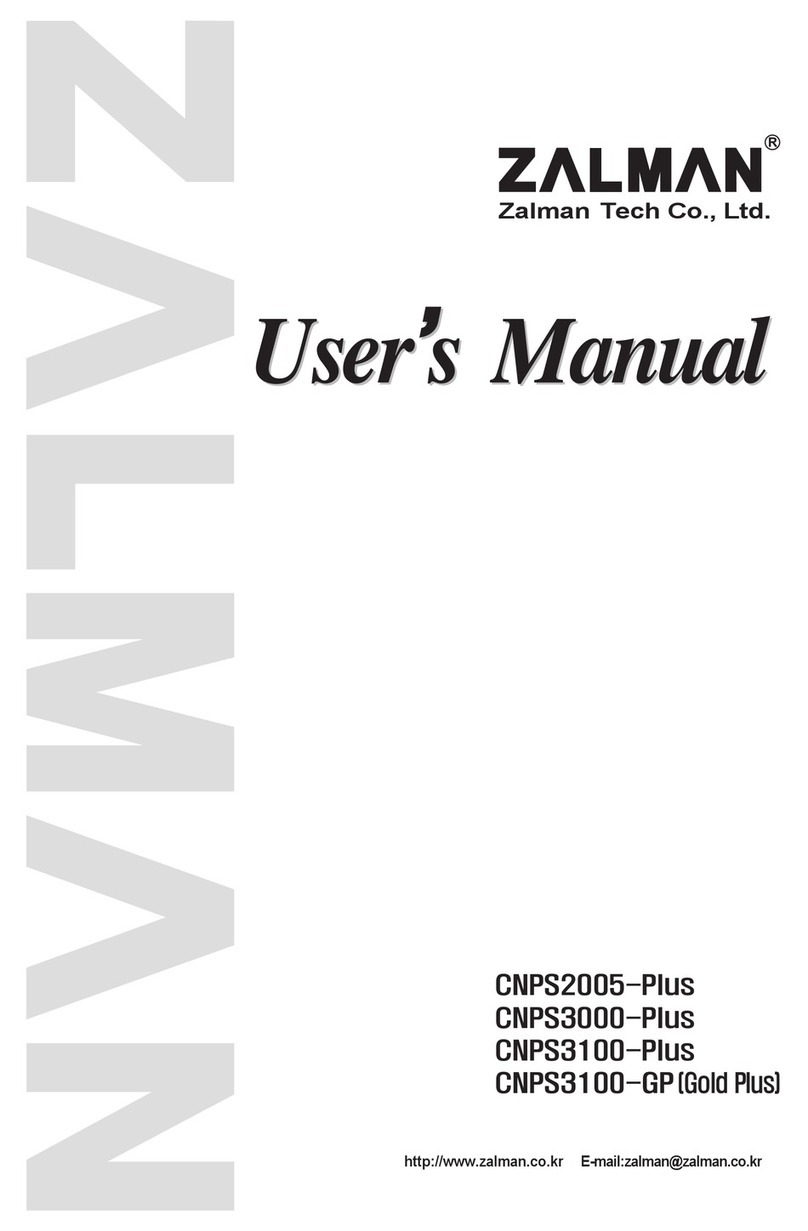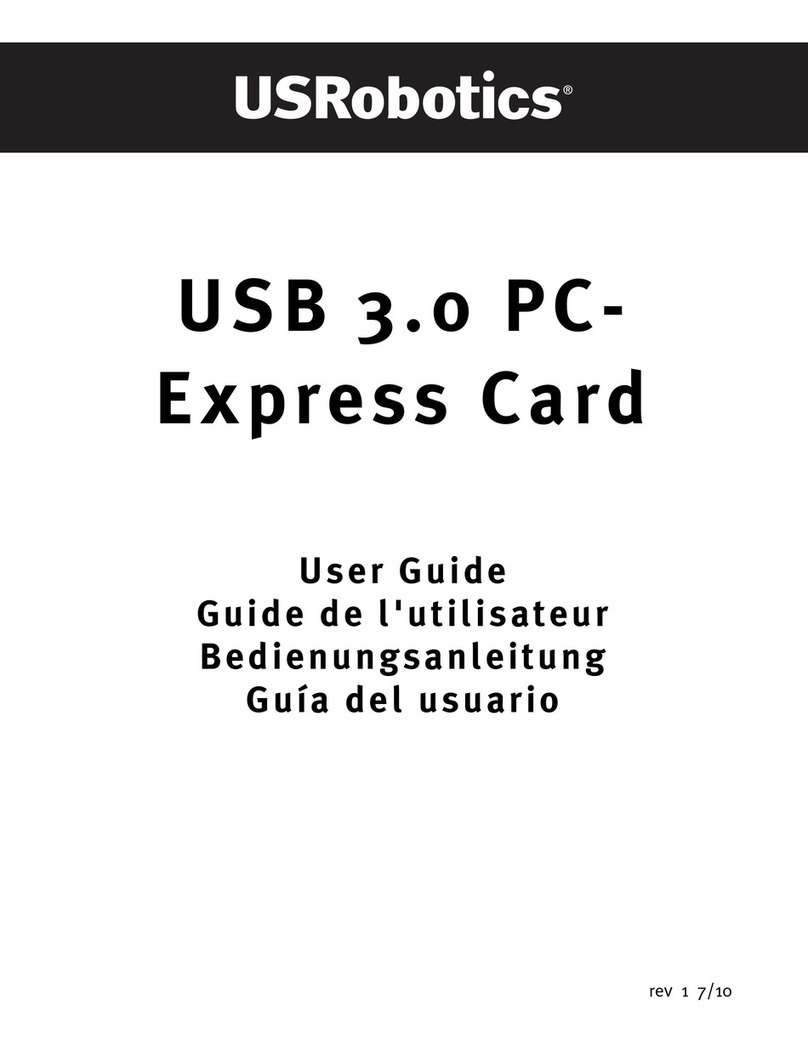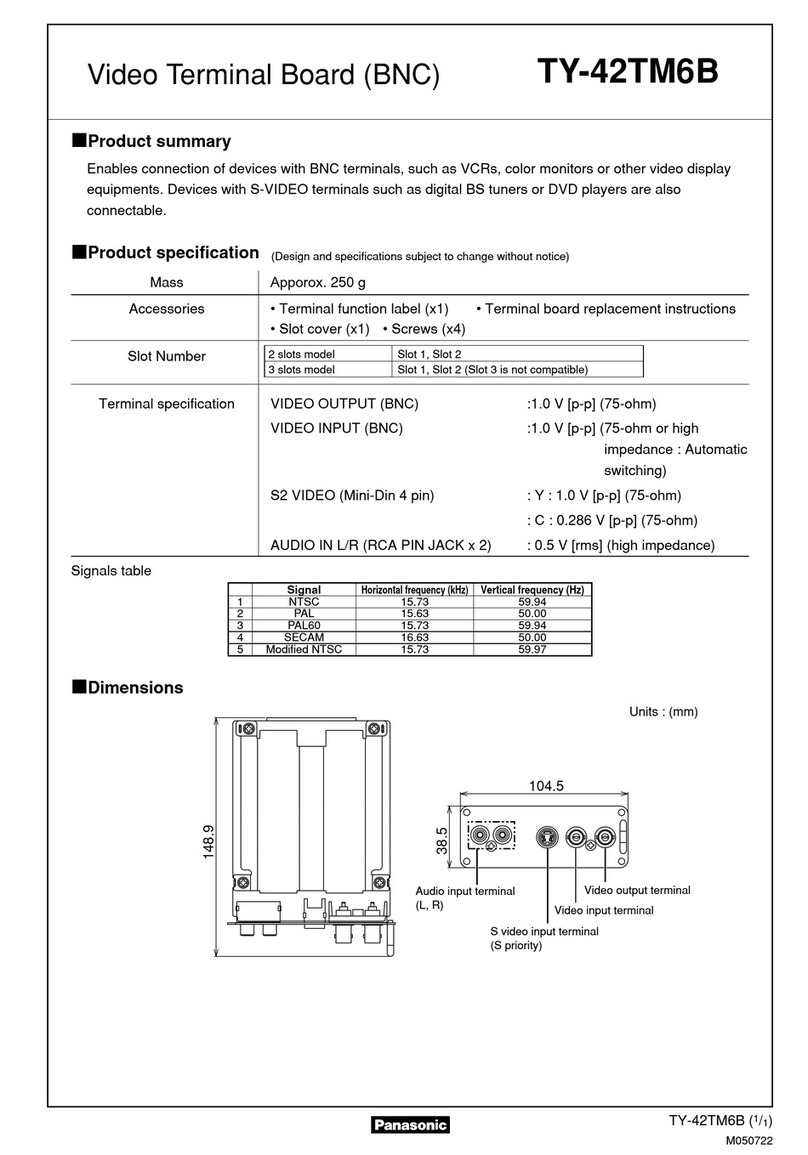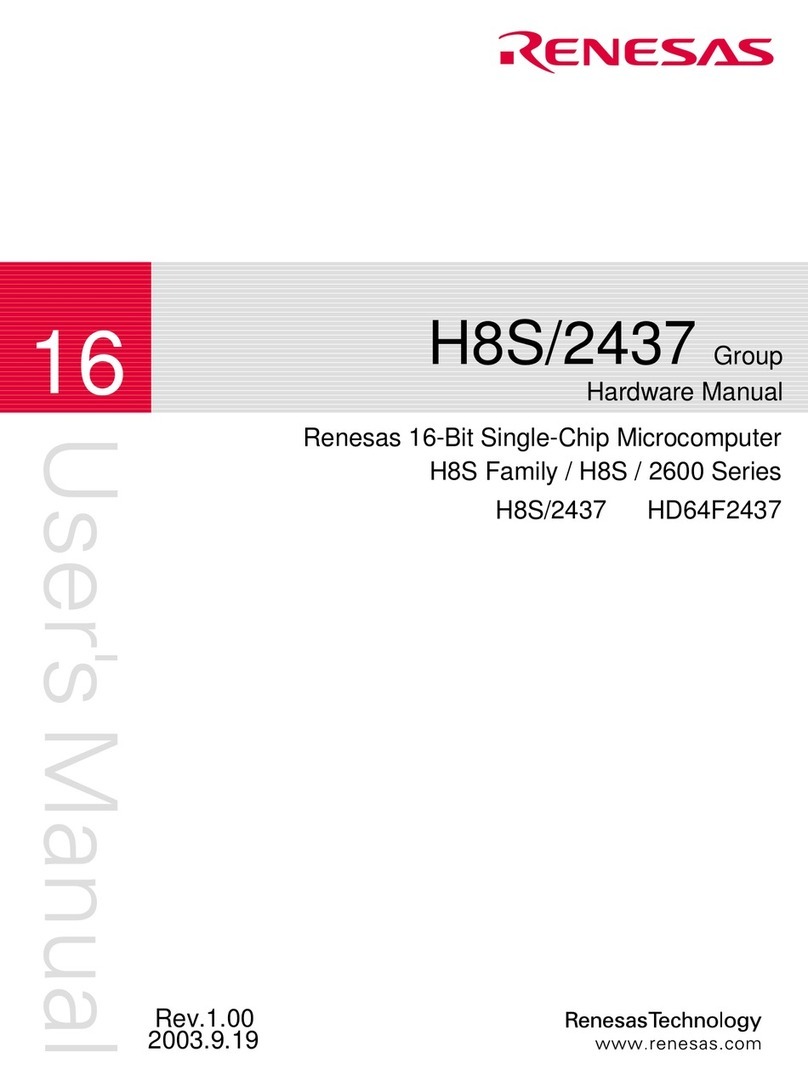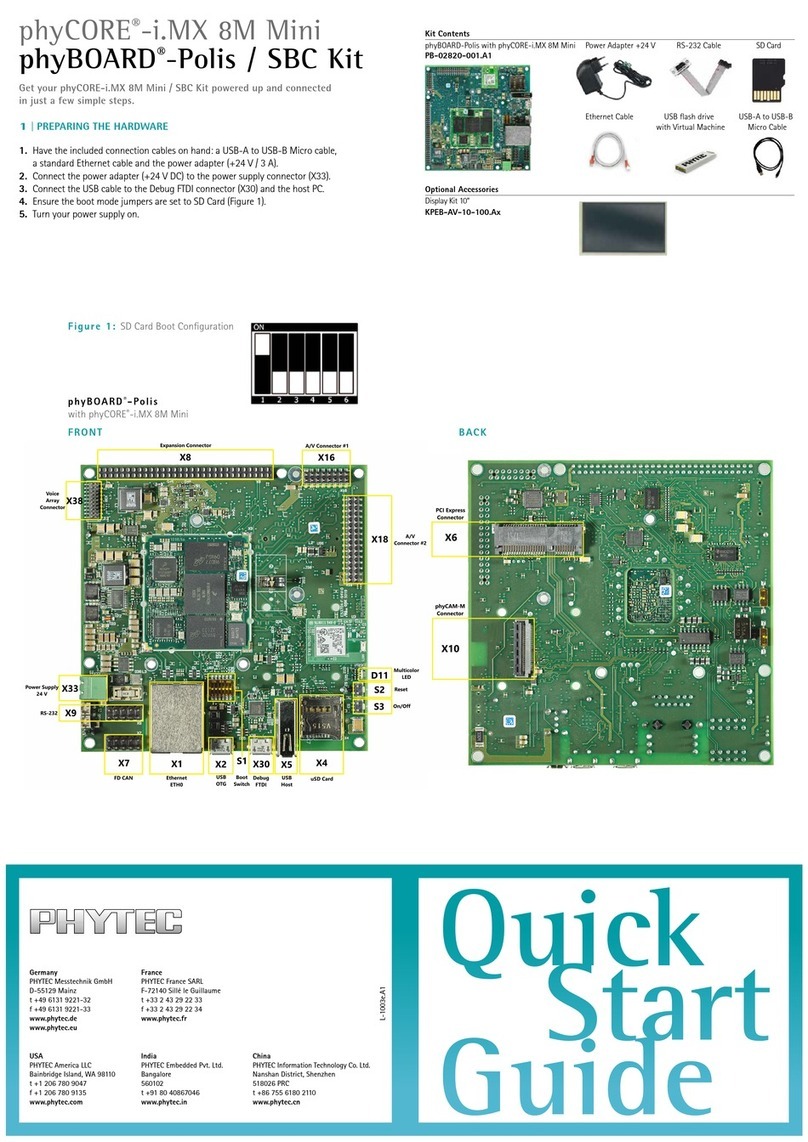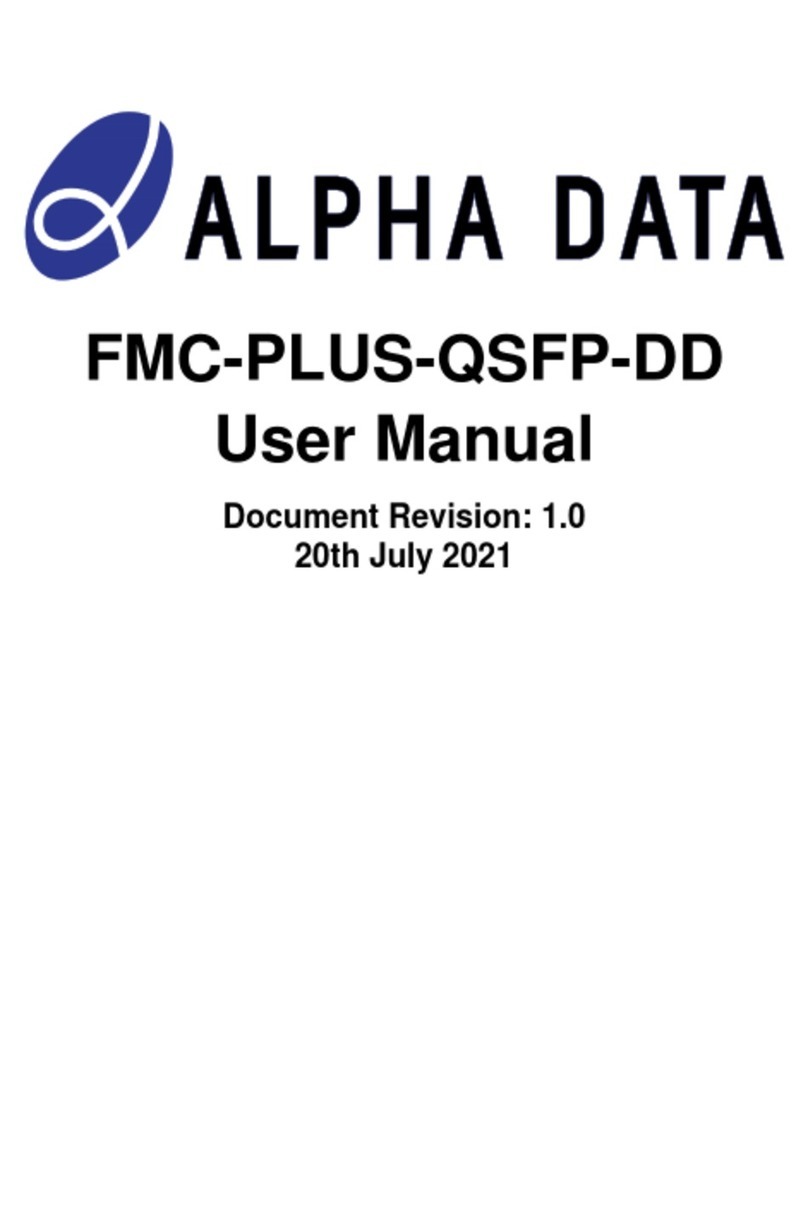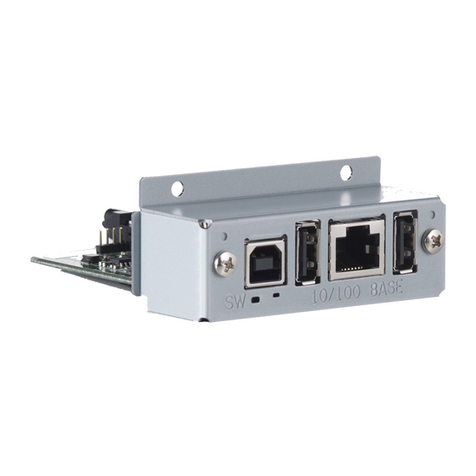Arcom TARGET188EB User manual

Contents
Revision History . . . . . . . . . . . . . . . . . . . . . . . . . . . . . . . . . . . . . . . . . . . . . . . . . . . . . . . . . . . . . . . 3
Preface . . . . . . . . . . . . . . . . . . . . . . . . . . . . . . . . . . . . . . . . . . . . . . . . . . . . . . . . . . . . . . . . . . . . . . . . 5
The Manual . . . . . . . . . . . . . . . . . . . . . . . . . . . . . . . . . . . . . . . . . . . . . . . . . . . . . . . . 5
Name Conventions . . . . . . . . . . . . . . . . . . . . . . . . . . . . . . . . . . . . . . . . . . . . . . . . . 5
Problem? . . . . . . . . . . . . . . . . . . . . . . . . . . . . . . . . . . . . . . . . . . . . . . . . . . . . . . . . . . 5
Contents - Packing List . . . . . . . . . . . . . . . . . . . . . . . . . . . . . . . . . . . . . . . . . . . . . . 5
Utility Disks . . . . . . . . . . . . . . . . . . . . . . . . . . . . . . . . . . . . . . . . . . . . . . . . . . . . . . . 6
Anti-Static Handling . . . . . . . . . . . . . . . . . . . . . . . . . . . . . . . . . . . . . . . . . . . . . . . . 6
Electromagnetic Compatibility (EMC) . . . . . . . . . . . . . . . . . . . . . . . . . . . . . . . . . . 6
Packaging . . . . . . . . . . . . . . . . . . . . . . . . . . . . . . . . . . . . . . . . . . . . . . . . . . . . . . . . . 6
Section 1. Introduction . . . . . . . . . . . . . . . . . . . . . . . . . . . . . . . . . . . . . . . . . . . . . . . . . . . . . . . . . . 7
Section 2. Getting Started . . . . . . . . . . . . . . . . . . . . . . . . . . . . . . . . . . . . . . . . . . . . . . . . . . . . . . . . 9
Equipment required . . . . . . . . . . . . . . . . . . . . . . . . . . . . . . . . . . . . . . . . . . . . . . . . . 9
Installation . . . . . . . . . . . . . . . . . . . . . . . . . . . . . . . . . . . . . . . . . . . . . . . . . . . . . . . . 9
Section 3. Links and Options . . . . . . . . . . . . . . . . . . . . . . . . . . . . . . . . . . . . . . . . . . . . . . . . . . . . . 11
Default Link Positions . . . . . . . . . . . . . . . . . . . . . . . . . . . . . . . . . . . . . . . . . . . . . . . 11
User Configuration Record . . . . . . . . . . . . . . . . . . . . . . . . . . . . . . . . . . . . . . . . . . . 14
Section 4. Using the TARGET188EB . . . . . . . . . . . . . . . . . . . . . . . . . . . . . . . . . . . . . . . . . . . . . . . 15
Programmable Memory and I/O Map . . . . . . . . . . . . . . . . . . . . . . . . . . . . . . . . . 15
Memory Map After Power-up/Reset . . . . . . . . . . . . . . . . . . . . . . . . . . . . . . . . . . . 16
On-Board Control Registers . . . . . . . . . . . . . . . . . . . . . . . . . . . . . . . . . . . . . . . . . . 17
User Links and LEDs . . . . . . . . . . . . . . . . . . . . . . . . . . . . . . . . . . . . . . . . . . . . . . . . 18
2192-08275-000-000
J543 TARGET188EB
TARGET188EB
User Manual
StockCheck.com

2192-08275-000-000Revision History
J543 TARGET188EB
Page 3
Revision History
Manual
Version/Issue
PCB
A
B
V 1 Iss 1
V1 Iss 1
961107 First release.
961218 Edits to Appendix F. Circuit Diagrams.
Comments
© Copyright Arcom Control Systems Ltd. 1996
The choice of boards and systems is the responsibility of the buyer, and the use to which they are put
cannot be the liability of Arcom Control Systems Ltd. However, Arcom’s sales team is always available to
assist you in making your decision.
StockCheck.com

Preface
The Manual
This manual details the operation and features of Arcoms
TARGET188EB boards. It has been designed as both a guide to
getting started with the TARGET188EB Development Kit and a
reference for the hardware features of the board.
Name Conventions
Throughout this document an asterisk * suffix to a signal name
denotes that a signal is active low (e.g. DATACK*).
All numbers are in decimal unless otherwise indicated. Where a
number is suffixed by h the value is in hexadecimal format.
Problem?
If you have any problems finding information about this board, or
the board fails to work, or something is missing, please contact
Arcom Customer Support at our offices in Cambridge, UK.
If the engineers are busy please leave a message, or alternatively,
send a facsimile message. Please state:
Your name, telephone and facsimile numbers
The time and date
The product name
The problem
Arcom Customer Support: Tel: 01223 412428
Fax: 01223 410457
For US callers: Tel: (816) 941 7025
For US callers: Fax: (816) 941 0343
Internet: [email protected]
Arcom Main Switchboard: Tel: 01223 411200
Fax: 01224 403400
Contents - Packing List
In your TARGET188EB Development Kit package you should have:
A TARGET188EB in a sealed anti-static bag.
A document titled TARGET188EB User Manual (this document)
An SVIF1 Development Interface Module
A CAB-SVIF1 Development Interface Cable
A high density 3 1/2 floppy disk titled TARGET188EB Monitor
Disk
2192-08275-000-000Preface
J543 TARGET188EB
Page 5
StockCheck.com

Section 1. Introduction
TARGET188EB is a Eurocard sized target CPU board developed
specifically for embedded applications offering the following
features:
Intel 188EB microprocessor running at 25MHz
STEbus 8-bit expansion interface
PC/104 8-bit expansion interface
128KB SRAM as standard, 256KB option available (8-bit wide
access)
128KB socketed ROM on-board as standard (8-bit wide) with
resident monitor software
Socket for further 32/64/128/256KB ROM which may be 5V
Flash EPROM
Programmable memory and I/O maps
Two 120KBaud (max.) RS232 serial communications ports (one
Zilog 85230 SCC)
Watchdog timer
One TTL 8-bit digital output port
One TTL 8-bit digital input port
One TTL 8-bit digital input/output port
Flexible hardware interrupt support
Software development/download port (SVIF1 port)
Two user links
Two user LEDs and +5V power LED
The TARGET188EB is available as two variants:
This manual covers both variants.
The TARGET188EB is shipped with a software monitor blown into
a 128K EPROM to allow simple exercising of the board and
downloading application code. The remote target portion of
Arcoms SourceVIEW development software is also blown into the
ROM. By using the board with the TARGET188EB Development Kit
the user can develop and debug application software very quickly.
2192-08275-000-000Section 1. Introduction
J543 TARGET188EB
Page 7
Variant Name
TARGET188EB
TARGET188EB-H
STEbus Master and PC/104 Master
128k SRAM
STEbus Master and PC/104 Master
256k SRAM
Specification
StockCheck.com

Section 2. Getting Started
This section is designed to familiarise the user with the features of
the TARGET188EB and demonstrate the use of the monitor
software.
Equipment required
TARGET188EB Development Kit
STEbus rack and backplane with power supply OR
Power supply (+5V at 1A minimum) connected up to PL4 (see
Appendix B. Connections)
IBM PC/AT compatible computer running terminal emulation
software
Installation & Monitor Startup
Refer to Target188EB Quickstart Manual for more comprehensive
instructions with drawings.
1. Ensure that the links on the TARGET188EB board are in their default
configurations (see Section 3. Links and Options).
2. From the TARGET188EB Development Kit take the CAB-SVIF1
cable and plug the 10 way ribbon cable connector into the SVIF1 PL2
header.
3. Plug PL1 of the SVIF1 into PL2 (software development/download
port) on the TARGET188EB. The body of the SVIF1 should lie over
the TARGET188EB.
4. Align the TARGET188EB into the STEbus rack until it mates with
one of the backplane connectors.
OR
5. Wire the +5V power supply cable to pin 2 of the PL4 screw terminal
block and the 0V cable to either pin 5 or pin 6 of the terminal block.
6. Plug the 9 way D-type connector marked channel B on the CAB-
SVIF1 cable into one of the COM ports on the PC/AT computer.
7. Configure the terminal emulation software on the PC/AT for
communications via the appropriate COM port at 19200 Baud with
8 data bits, no parity and 1 stop bit. Set the protocol to 'none'.
8. Turn on the STEbus rack OR power supply - the surface mount
power indicator LED on the TARGET188EB will illuminate.
2192-08275-000-000Section 2. Getting Started
J543 TARGET188EB
Page 9
StockCheck.com

Section 3. Links and Options
Default Link Positions
Note: A + next to a link position indicates the default shipping position.
LK1. STEbus SYSRST*
LK2. INT3 source selection (1 link of 2)
LK3. INT2 source selection
LK4. INT0 source selection
2192-08275-000-000Section 3. Links and Options
J543 TARGET188EB
Page 11
LK1 Function
Board drives SYSRST* to backplane
Board receives SYSRST* from backplane
Board can be reset by push-button connected to PL3 only
+A
B
C
LK2 Function
PC/104 IRQ7 or STEbus TFRERR* (see LK13 also)
STEbus ATNRQ3*
+A
B
LK3 Function
PC/104 IRQ5
STEbus ATNRQ2*
+A
B
LK4 Function
PC/104 IRQ3
STEbus ATNRQ0*
+A
B
LK16
LK17
LK18
B LK15 A
B LK14 A
LK8 A
B
A
LK9
B
LK10
A
B
C
D
LK11
LK12 1
2
1
2
B A
A
LK13
B
LK7
LK1
A
B
C
D
LK2
LK3
LK4
LK5
LK6 A B
ROM 0 ROM 1
StockCheck.com

2192-08275-000-000Section 3. Links and Options
J543 TARGET188EB
Page 13
LK16 Function
Run application starting at memory address C0000H
Run monitor software
Omit
+Fit
LK17 Function
CPU port P2 bit 4 reads as 1
CPU port P2 bit 4 reads as 0
Omit
+Fit
LK18 Function
CPU port P2 bit 5 reads as 1
CPU port P2 bit 5 reads as 0
Omit
+Fit
LK13 Function
STEbus TFRERR*
PC/104 IRQ7
A
+B
LK15 Function
Timer1 source driven from Timer0 out (cascade)
Timer1 source driven from external source
A
+B
LK14 Function
Watchdog strobe driven from BCLK (i.e. disabled)
Watchdog strobe driven from 188EB port 2 bit 3 (i.e. enabled)
+A
B
LK12 1A 1B 2A 2B
EPROM size
32K
64K
128K
256K
omit
fit
fit
fit
fit
omit
omit
omit
X
X
omit
fit
X
X
fit
omit
LK14. Watchdog source selection
LK15. Timer 1 source selection
LK12. ROM1 size selection - see also LK10 & LK11
Note: Both EPROMs must be of the same size
LK13. INT3 source selection (2 link of 2)
LK16. Run Mode Select
Selects whether the processor runs the monitor software or the users
application code after a power-up or reset. Application code must be
set to start running at C0000H (lowest EPROM memory address).
LK17. User LInk 1. - CPU port P2 bit 4
LK18. User Link 2. CPU port P2 bit 5
StockCheck.com

Section 4. Using the TARGET188EB
Programmable Memory and I/O Map
The TARGET188EB has a very flexible scheme for locating its on-
board memory, peripherals and expansion busses in its memory and
I/O maps. The 188EB processor has eight outputs called general
chip selects, GCS0 to GCS7. These outputs may be programmed so
that they become active over a range of memory or I/O addresses
and can be used to activate devices connected to the 188EB. The table
below shows how the chip selects are used on the TARGET188EB
with the default address ranges programmed by the monitor after
initialisation.
Chip selects GCS0, GCS1, GCS2 and GCS3 are activated for the
address ranges indicated in the table to control CPU accesses to the
on-board memory and peripherals.
Any CPU access to an address that is not covered by one of GCS0,
GCS1, GCS2 or GCS3 is automatically directed to the PC/104 bus.
Boards using the STEbus can access peripheral boards on both
PC/104 and STEbus. The STEbus is the non-default expansion bus.
As shown in the table above, 188EB chip selects GCS4, GCS5, GCS6
and GCS7 can be used to direct CPU accesses that would normally
go into the PC/104 bus to access the STEbus expansion bus instead.
This example illustrates the use of GCS3 to GCS6. The monitor
software sets the TARGET188EB up so that the memory area from
200000h(128k RAM) or 40000h(256k RAM) to 7FFFFh is directed to
the PC/104 bus by default. The user has an STEbus memory board
that exists in the memory address range 60000h to 6FFFFh. Any one
of GCS4 to GCS7 may be programmed to cover 60000h to 6FFFFh
and CPU accesses to any address in this range will then be diverted
to the STEbus instead of the PC/104.
GCS4, GCS5, GCS6 and GCS7 can be programmed very flexibly to
create multiple holes in the PC/104 memory or I/O space that are
directed to the STEbus.
2192-08275-000-000Section 4. Using the TARGET188EB
J543 TARGET188EB
Page 15
188EB
Chip Select
GCS7
GCS6
GCS5
GCS4
GCS3
GCS2
GCS1
GCS0
TARGET188EB Chip Select Use
Accesses STEbus
Accesses STEbus
Accesses STEbus
Accesses STEbus
Parallel port
SVIF1 port
85C230 SCC Interrupt acknowledge
85C230 SCC
Default Address Range
not programmed or enabled
not programmed or enabled
not programmed or enabled
not programmed or enabled
not programmed or enabled
FC0C-FC0F
not programmed or enabled
not programmed or enabled
StockCheck.com

Memory space between the bottom of ROM and the top of main
RAM (location selected by LCS) will be automatically mapped to the
PC/104 bus. GCS4-7 can be programmed to direct accesses to the
STEbus.
Note: when running the monitor software on 256KB RAM variants of
board the extra 128KB of RAM is not accessible until chip select LCS is re-
programmed.
I/O Map
On-Board Control Registers
SVIF1 Port Registers
The SVIF1 port takes up 4 bytes of I/O space.
The default base address of the SVIF1 port under the monitor
software is I/O FC0Ch.
Bus Timeout Clear
A read from the I/O address range setup for chip select GCS3
(parallel port) will clear a bus timeout when address lines A0 and A1
are high.
2192-08275-000-000Section 4. Using the TARGET188EB
J543 TARGET188EB
Page 17
FFFFh
FC0Fh
FC0Ch
F8FFh
F000h
EFFFh
0000h
PC/104
STEbus (GCS4-7)
SVIF1 Port
On-chip peripherals (interrupt controllers,
timers, SCC)
PC/104
STEbus (GCS4-7)
A1
1 1
0
1
0
Channel A Data
Channel B Data
Channel A Control
Channel B Control
1
0
0
A0 Function
StockCheck.com

Parallel I/O port
To use this onboard facility it is necessary to program GCS3 for the
address range required.
There are three TTL 8-bit digital I/O ports covered by this chip
select.
1 digital I/O port
1 digital input port
1 digital output port
To access the output port A1 and A0 must be 0.
To access the input port A1 is a 0 A0 is a 1.
To access the I/O port A1 is a 1 A0 is a 0.
If a read occurs from the I/O address range set in GCS3 and A1 and
A0 are 1 this will clear a bus time-out.
When using the I/O port as an input port firstly set the outputs to
1.
STEbus Support
The TARGET188EB is compliant with the STEbus IEEE1000
specification.
PC/104 Support
The TARGET188EB is compliant with version 2.3 of the PC/104
specification. It supports memory and I/O reads and writes as a sole
master to 8 bit PC/104 peripheral boards. It does not support DMA
or other PC/104 masters in the same module stack.
Battery Back-up
The TARGET188EB supports battery backup of its main system
SRAM via the +VSTBY line on the STEbus or via pin 1 of the power
connector PL4.
Using the STEbus, a +5V source should be connected between
+VSTBY (+ve terminal) and GND (-ve terminal) on the STEbus
backplane.
Using the board as an SBC, a +5V source should be connected
between pin 1 (+ve terminal) and pin 6 (-ve terminal) of PL4.
Battery backup current is approximately 140uA.
2192-08275-000-000Section 4. Using the TARGET188EB
J543 TARGET188EB
Page 19
StockCheck.com

Section 5. Troubleshooting
2192-08275-000-000Section 5. Troubleshooting
J543 TARGET188EB
Page 21
Problem
No sign-on
screen on terminal
when running
with SVIF1
Cant access
STEbus peripheral
board
Cant access
PC/104 peripheral
board
Suggestions
Check connections to correct COM port
Check links in default positions especially LK16
(should be fitted)
Check baud rate, stop bits and parity of terminal
Check power on board - red surface mount LED
should be lit.
Check that SYSRST* is being driven on power-up
by one board only in the system
Check that SYSCLK is being driven by one board
in the system
Check that STEbus address range being accessed is
available off-board (is it covered by one of the on-
board memory or general chip selects)
Check that at least one on chip selects GCS4-7
been set up to cover the required address range
Is the address range being accessed available to
the PC/104 bus - is it covered by one of the on-
board general chip selects
Is the PC/104 board correctly plugged onto the
board
StockCheck.com

2192-08275-000-000Appendix A. Specification
J543 TARGET188EB
Page 23
Appendix A. Specification
Microprocessor Intel 80188EB
Speed 25MHz
Memory Sockets to hold up to 512KB ROM (8-bits wide, two wait states) top
16KB occupied by monitor software. 5V Flash ROMs may be
programmed on-board.
128KB or 256KB main system SRAM (8-bits wide, one wait state)
Peripherals 1 x 85230 SCC RS232 serial communications ports (120KBaud max.)
with RX, TX, CTS, RTS, DSR, DTR, DCD and RI
Arcom SVIF debug/development port
Watchdog timer fixed at 1200ms generates CPU reset
3 counter/timers max counter interval 1s. Each counter can generate
an interrupt on a shared interrupt line
Two user LEDs
Two user links plus run monitor/run application link
Power monitor generates CPU reset if +5V supply drops below
4.62V +/- 0.12V.
Reset button connector
Expansion STEbus IEEE1000 compatible master mode PC/104 version 2.3
compatible, 8 bit only. DMA and MASTER* modes not supported
Temperature Operating: 0 to 55°C
Storage: 0 to 70°C
Humidity 10% to 80% RH (non-condensing)
Power +5V @ 600mA typical
+12V and -12V routed to PL1, PL4, PL6 and PL7 but not used on
board
Battery External +5V @ 140uA
Dimensions 160mm x 100mm
Weight 140g (TARGET188EB)f
160g with 2x 128k EPROMs fitted
MTBF 320000 hours
StockCheck.com

Appendix B. Connections
PL1. STEbus Connector
Standard 64way a&c row DIN41612 right angle PCB mount plug.
Pin-out in accordance with IEEE1000 specification.
PL1
PL4. External Power Connector
Phoenix MCV series two part combicon screw terminal connector. Pinout as:
2192-08275-000-000Appendix B. Connections
J543 TARGET188EB
Page 25
GND
+5V
D0
D2
D4
D6
A0
A2
A4
A6
A8
A10
A12
A14
A16
A18
CM0
CM2
ADRSTB*
DATACK*
TRFERR*
ATNRQ0*
ATNRQ2*
nc
nc
GND
nc
nc
STECLK
-12V
GND
GND
a1 c1
a2 c2
a3 c3
a4 c4
a5 c5
a6 c6
a7 c7
a8 c8
a9 c9
a10 c10
a11 c11
a12 c12
a13 c13
a14 c14
a15 c15
a16 c16
a17 c17
a18 c18
a19 c19
a20 c20
a21 c21
a22 c22
a23 c23
a24 c24
a25 c25
a26 c26
a27 c27
a28 c28
a29 c29
a30 c30
a31 c31
a32 c32
GND
+5V
D1
D3
D5
D7
GND
A1
A3
A5
A7
A9
A11
A13
A15
A17
A19
CM1
GND
DATSTB*
GND
SYSRST*
ATNRQ1*
ATNRQ3*
nc
nc
nc
nc
+VSTBY
+12V
+5V
GND
nc/VSTBY
+5V
+12V
-12V
GND
GND
1
2
3
4
5
6
PL1
StockCheck.com

PL7 . PC/104 Connectors
One 64 way non-stackthrough 0.1 grid socket connectors. Pinout and
physical arrangement in accordance with PC/104 specification version 2.3.
PL8 and PL9. RS232 Serial Port connectors
Two 9-way D-type plugs. Pinout as:
2192-08275-000-000Appendix B. Connections
J543 TARGET188EB
Page 27
nc
D7
D6
D5
D4
D3
D2
D1
D0
IOCHRDY
AEN (GND)
A19
A18
A17
A16
A15
A14
A13
A12
A11
A10
A9
A8
A7
A6
A5
A4
A3
A2
A1
A0
GND
A1 B1
A2 B2
A3 B3
A4 B4
A5 B5
A6 B6
A7 B7
A8 B8
A9 B9
A10 B10
A11 B11
A12 B12
A13 B13
A14 B14
A15 B15
A16 B16
A17 B17
A18 B18
A19 B19
A20 B20
A21 B21
A22 B22
A23 B23
A24 B24
A25 B25
A26 B26
A27 B27
A28 B28
A29 B29
A30 B30
A31 B31
A32 B32
GND
RESET
+5
nc
nc
nc
-12
ENDXFR*
+12
nc
SMEMW*
SMEMR*
IOW*
IOR*
pull-up
nc
pull-up
nc
pull-up
SYSCLK
IRQ7
IRQ6
IRQ5
nc
nc
pull-up
nc
BALE
+5
OSC
GND
GND
PL7
5
4
3
2
1
9
8
7
6
DCD
RXD
TXD
DTR
GND
DSR
RTS
CTS
RI
StockCheck.com

Appendix C. Reference
The STEbus and the TARGET188EB
STEbus is a high reliability 8 bit backplane system, ideal for
industrial I/O applications with powerful facilities for multi-
processing and interrupt handling.
STEbus boards are classified as either bus masters or slaves. A bus
master can initiate a bus transfer whereas a slave can only respond.
Generally bus masters are CPU boards which access memory and
I/O peripheral slave boards. Some slave boards do have on-board
microprocessors.
STEbus master and slave boards may be placed in any slot in the
STEbus backplane.
The TARGET188EB can act only as an STEbus master. It may not be
used in multi-master systems as it does not have an arbiter necessary
to arbitrate between multiple masters.
Only one board in an STEbus system should drive the 16MHz
SYSCLK signal.
STEbus slaves are accessed simply by memory and I/O read and
write commands from the processor. These generate address strobe
(ADRSTB*), data strobe (DATSTB*), command modifier (CM2 to
CM0), address and data signals to the STEbus. Slave boards that
decode their address for a transfer respond with a DATACK* signal
when they have accepted or placed data on the STEbus. Slave boards
should be configured to fit in the STEbus memory or I/O space
available on the TARGET188EB. Note that if an STEbus slave has a
non-movable address then the memory and I/O maps on the
TARGET188EB are very flexible and may be re-configured using
registers within the 188EB processor (see memory and I/O maps in
Section 4. Using the TARGET188EB).
There are eight interrupt request lines on the STEbus, ATNRQ7* to
ATNRQ0*. These are usually driven by slave boards to request
action from a master. STEbus interrupt lines are level triggered and
slave boards may share interrupt lines. The TARGET188EB can be
configured to monitor ATNRQ3*, ATNRQ2*, ATNRQ1* and
ATNRQ0*.
All transfers on the STEbus are monitored by bus timeout circuit
that terminates any cycles that are longer than 8µ. This is required
because if no slave board responds to an STEbus cycle then the bus
could stay in that bus cycle indefinitely, the bus timeout monitor
prevents this. Bus timeouts on the TARGET188EB can optionally
(link) generate an interrupt to the 188EB processor to indicate that a
transfer problem took place.
2192-08275-000-000Appendix C. Reference
J543 TARGET188EB
Page 29
StockCheck.com

Appendix D. Bibliography
Intel188EB Embedded Microprocessor Data Sheet
Intel Order No.: 272433-000
Intel188EB Embedded Microprocessor Users Manual
Intel Order No.: 270830-003
These may be ordered from these Intel literature centres:
tel: 1-800-548-4725 U.S. and Canada
tel: 708-296-9333 U.S. (from overseas)
tel: 44(0)1793-431155 Europe (U.K)
tel: 44(0)1792-421333 Germany
tel: 44(0)1793-421777 France
tel: 81(0)120-47-88-32 Japan (fax only)
IEEE Standard for an 8-bit Backplane Interface: STEbus
ANSI/IEEE 1000-1987
The Institute of Electrical and Electronic Engineers Inc.
345 East 47th Street
New York NY 10017
USA
ISBN 1-55937-002-5
PC/104 Specification, Version 2.2
PC/104 Consortium
P.O. Box 4303
Mountain View
CA 94040
USA
tel: 415-903-8304
fax: 415-967-0995
IEEE P996 Draft Standard
IEEE Standards Office
445 Hoes Lane
Piscataway
NJ 08854
USA
2192-08275-000-000Appendix D. Bibliography
J543 TARGET188EB
Page 31
StockCheck.com

Appendix E. Product Issue Changes
2192-08275-000-000Appendix E. Product Issue Change
J543 TARGET188EB
Page 33
StockCheck.com

Appendix F. Circuit Diagrams
2192-08275-000-000Appendix F. Circuit Diagrams
J543 TARGET188EB
Page 35
StockCheck.com

2192-08275-000-000Appendix F. Circuit Diagrams
J543 TARGET188EB
Page 37
StockCheck.com

2192-08275-000-000Appendix F. Circuit Diagrams
J543 TARGET188EB
Page 39
StockCheck.com
Table of contents
Other Arcom Computer Hardware manuals
